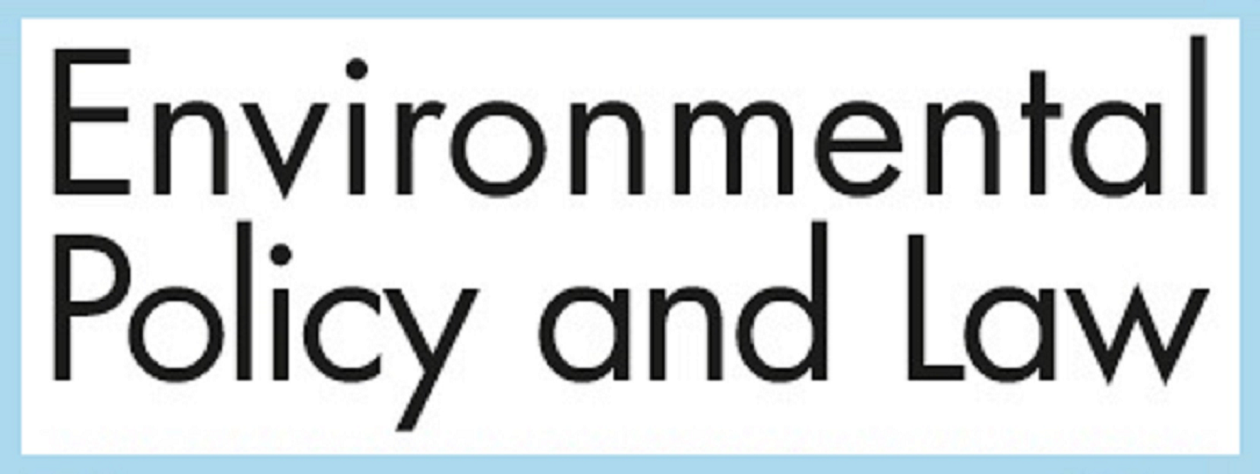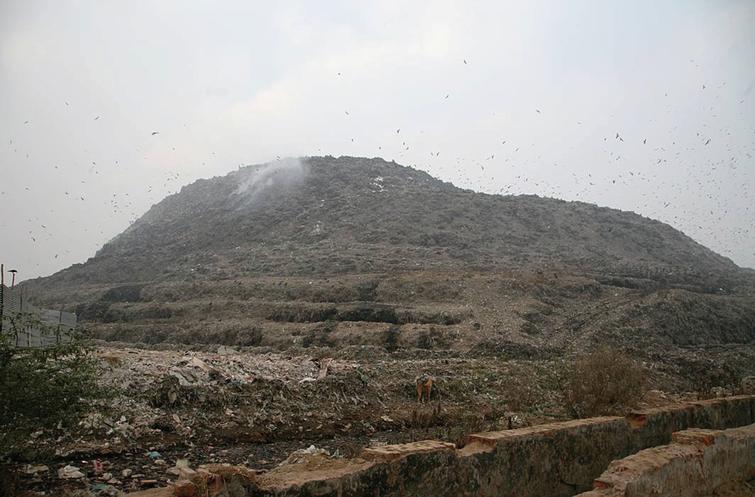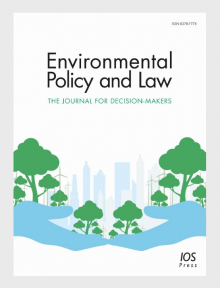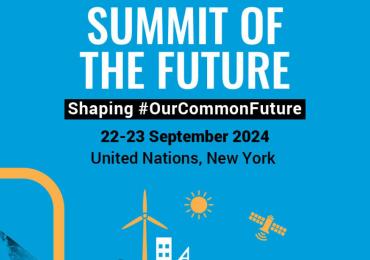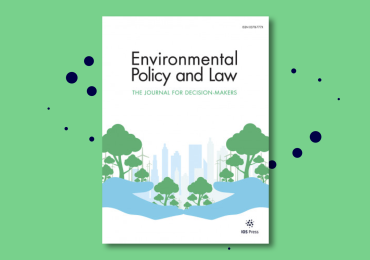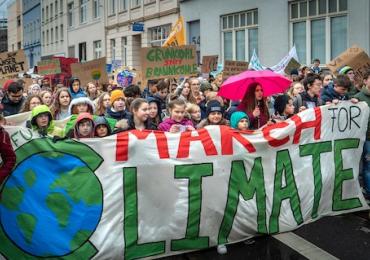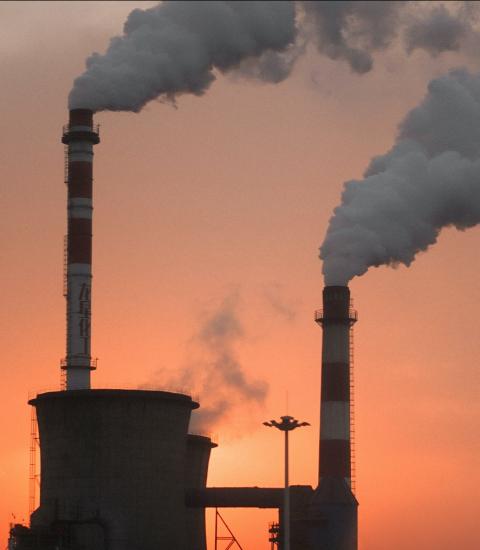
[Posted by: Carmel McNamara, IOS Press]
Amsterdam, NL – A recent article in Environmental Policy and Law compares waste-to-energy technologies from across the globe and offers recommendations for the achievement of the zero-waste goal. The author, Harsh Vardhan Bhati (Jindal Global Law School, India), shared key takeaways on the IOS Press showcase on the Kudos platform. Here, we highlight the author’s perspectives and provide extracts from the study.
Harsh Vardhan Bhati, the author of this recent Environmental Policy and Law (EPL) article, tells in his own words – via the IOS Press showcase on the Kudos platform (see here) – why the study is important:
“In order to have sustainable future, we need to tackle municipal solid-waste issues in such efficient manner where we move towards zero waste villages, cities and countries. Waste incineration should not be treated as a source of renewable energy. The perpetuation of this myth has deeply harmful ramifications. Countries such as USA and India are promoting waste-to-energy as a renewable energy source. This is not only against the vision of zero waste but also another pollution source for countries which generates more biodegradable waste compared to dry waste. I hope it motivates readers to develop waste management practices such as segregation at source, recycling and re-use, while aiming towards zero waste practices.”
"Waste incineration should not be treated as a source of renewable energy"
View extracts from the study below. Reference citations are included in the original paper only.
--------
Introduction
With the increase in the world’s population, the production of municipal solid waste (MSW) is also increasing rapidly. The urban population of the world is expected to increase from 3.6 billion in 2011 to about 4.6 billion in 2025. The world’s cities generate about 1.3 billion tons of solid waste per year, and this is expected to increase to 2.2 billion tons by 2025. Obviously, it is advisable to reduce the amount of waste generated. However, if waste is inevitable, it is desirable to reuse or recover materials from the waste stream. Only 25 percent of the total quantity of MSW produced yearly in the world is recycled or recovered. In developed countries, landfilling and thermal treatment are ways of disposing of waste that cannot be reused or recycled. Wastes that cannot be practically reused or recycled or those that escape the predatory claws of scavengers in developing countries end up in open dumps and uncontrolled landfills. As solid waste and energy demand continue to rise rapidly around the world, waste-to-energy concepts have come to the fore. These state-of-the-art technologies, including both thermal (gasification, pyrolysis and incineration/combustion) and biochemical (anaerobic digestion with biogas recovery), have utilized MSW as feedstock to generate electricity, heat and fuels.
However, issues such as non-segregation of waste and the presence of an informal waste sector in developing nations create obstacles to fulfilling waste-to-energy demands for waste of sufficiently high calorific value and low moisture content. Incineration technologies are not appropriate for India’s waste, which is mostly biodegradable; however, waste-to-energy anaerobic digestion technologies and biogas methods are a perfect fit for India. If used alongside effective policies, it could solve MSW management in India’s urban areas. The original EPL article explores the current status and recent developments of landfills and the development of new technologies in Europe, US, China, Japan, and India, and highlights the risks to the environment and the public of waste-to-energy incineration. The various methods are touch upon in the below extracts.
Delhi’s Ghazipur landfill had exhausted its capacity by 2008 but dumping continues (photo credit: Anil Shakya):
Landfills
Increasing urbanization has led to a rapid growth of MSW across the globe, leading to an urgent need for local governments to properly plan waste valorization. Landfilling is the most widely used method for MSW disposal. The amount of MSW generated worldwide is estimated to be around two billion tons per year with an anticipated increase to 9.5 billion tons per year by the year 2050. Land is a big constraint in cities, particularly when the objective is to site a landfill, which most residents do not want near them, preferring not to live with ghastly sights of soaring scavenging birds, stray bovines, rag pickers, moving rickety trucks and smoking fires. This is not to mention the foul smells and noxious gases drifting along the wind, public protests, and falling land prices and rentals around the particular site. Methane, a potent greenhouse gas (GHG), has a global warming potential 28–34 times higher than that of carbon dioxide. Around 30–70 million tons of methane gas are emitted per year from landfills throughout the world. In world rankings, India stands fourth in aggregate GHG emissions after China, the US and Europe.
Waste-to-Energy Processes
Around the world, both developing and developed countries are paying more and more attention to WtE tools. According to one research organization, the global WtE market is expected to increase by nearly half, from US $25.3 billion in 2013 to US $37.6 billion in 2020. There are now more than 1,200 waste-to-energy plants in operation across 40 countries. This process is a crucial element of MSW because it reduces the volume of waste and helps to convert the waste into energy and organic manure.
The most commonly used WtE technologies are:
- thermal (incineration, pyrolysis, gasification, and refuse-derived fuel (RDF))
- biochemical (composting and anaerobic digestion)
- chemical.
Dry MSW is the most suitable feedstock for waste-to-energy thermal technologies. The wet and biogenic fraction of MSW is more suitable for the biochemical technologies. Thermochemical processes generate oxidized or reduced gaseous pollutants, like hydrogen sulfide, carbonyl sulfide, solid ash, char or vitrified slag. The products of thermo-chemical processes have higher calorific values, non-combustible content having been eliminated from the waste materials.
The quantity and composition of MSW generated vary depending on whether it is found in developed or developing countries, and may vary from city to city within the same country. The majority of MSW in low-income or developing countries is biodegradable waste (approx. 64 percent), which is, in a few of these countries, utilized for anaerobic digestion and landfill gas recovery. Upper-middle income populations and high-income populations in countries like Japan, Taiwan, Singapore, South Korea, US, and parts of Europe practice more source separation; reduction/reuse/recycling; and composting. The higher-income countries generate larger quantities of MSW than low- and middle-income countries, with the non-organic parts of the MSW composition being a major driving force for implementation of WtE in higher-income countries. Low-income or developing nations are also investing heavily in waste-to-energy technologies, irrespective of the fact that their MSW consists primarily of biodegradables.
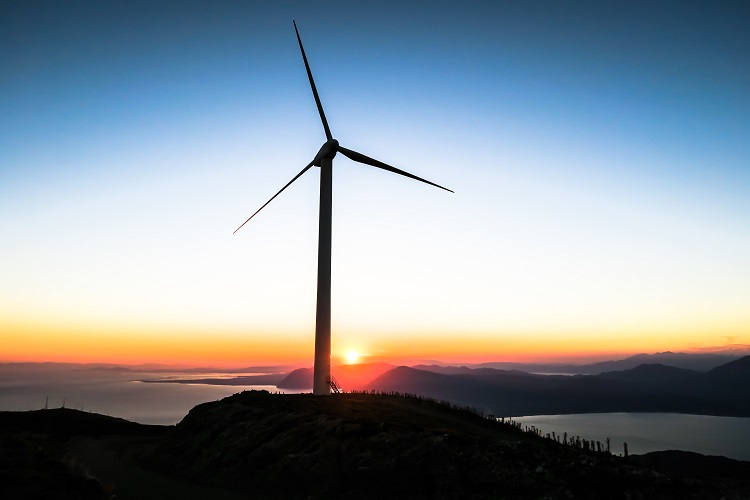
Recommendations: A Way Forward
Only two of the recommendations are extracted and included below. More are included in the original paper.
Eliminate the “renewable energy” myth
Waste incineration is not a source of renewable energy. The perpetuation of this myth has deeply harmful ramifications. In 30 US states, the renewable energy portfolio standards set benchmarks that stipulate what percentage of the state’s energy should be generated from renewable sources.
India is not lagging behind US, especially when it comes to promoting waste-to-energy as a renewable energy source. The Ministry of New and Renewable Energy has included waste-to-energy under India’s renewable energy capacity, towards India’s “nationally determined contributions” under the 2015 Paris Agreement on climate change.
The European Commission’s Renewable Energy Directive defines “energy from renewable sources” as including only non-fossil sources, namely “wind, solar, aerothermal, geothermal, hydrothermal and ocean energy, hydropower, biomass, landfill gas, sewage treatment plant gas, and biogases”. Under this definition, a considerable amount of the material in India’s waste is not renewable. The UK Department for Environment, Food and Rural Affairs recognized the negative aspects of energy from waste in a guide stating that: “Energy from residual waste is only partially renewable due to the presence of fossil based carbon in the waste, and only the energy contribution from the biogenic portion is counted towards renewable energy targets (and only this element is eligible for renewable financial incentives)”.
Waste contains fossil-derived materials such as plastics. However, it also contains biogenic materials such as paper, card and food waste, which are arguably just as renewable as any other form of biomass. That said, many of the biogenic materials found in the residual waste stream, such as food, paper, card and natural textiles, are derived from intensive agriculture, cotton fields and other “green deserts” (described as “a process of human-made reclamation of deserts for ecological reasons, farming and forestry such as monoculture tree plantation”). The ecosystems from which these materials are derived could not survive in the absence of human intervention, including energy inputs from fossil sources. It is, therefore, more than debatable whether such materials should be referred to as renewable.
Explore biomethanation processes in India
Biomethanation is a solution for processing biodegradable waste which remains underexploited in India. Decentralisation of the whole process of waste in urban cities in India could make waste collection more efficient, so that waste-to-energy anaerobic digestion methods could be put in use. It is believed that if we segregated biodegradable waste from the rest, it could reduce the challenges by half. In fact, the major problem with waste-to-energy in India has typically been perceived to be inadequate source segregation. This has resulted in failure of waste-to-energy facilities in India, and also shows how a landfill in Delhi could be higher than the Taj Mahal.
Some variation in calorific value for a short period may be tolerable but wide variation will affect operational costs and performance of the waste-to-energy facility. This is identical to what has been observed by the National Green Tribunal relating to he Timarpur-Okhla waste-to-energy plant. It also applies to the other waste-to-energy plants in India, bearing in mind that current estimates put the biodegradable component of India’s solid waste at a little over 50 percent.
It will be interesting to look into the waste-to-energy potential of anaerobic digestion technology and biogas in India. This could be a successful mechanism with a lot of future potential in the Swachh Bharat Abhiyan (“Clean India Mission”) initiative.
Conclusion
There is no doubt that waste-to-energy incineration technologies have to overcome pollution, financial and technical challenges around the globe, and must also address socio-economic factors such as unemployment for workers in the informal waste economy. Waste-to-energy technologies provide safe and environmentally friendly disposal of MSW, only when waste with high calorific value reaches the waste-to-energy facilities after proper segregation of waste. However, the composition variability, high moisture content and low calorific value of MSW from developing countries affect its combustibility.
-------
The above includes extracts from the below article written by Harsh Vardhan Bhati (Jindal Global Law School, India). Citations should be to the original article, which can be accessed in full here.
